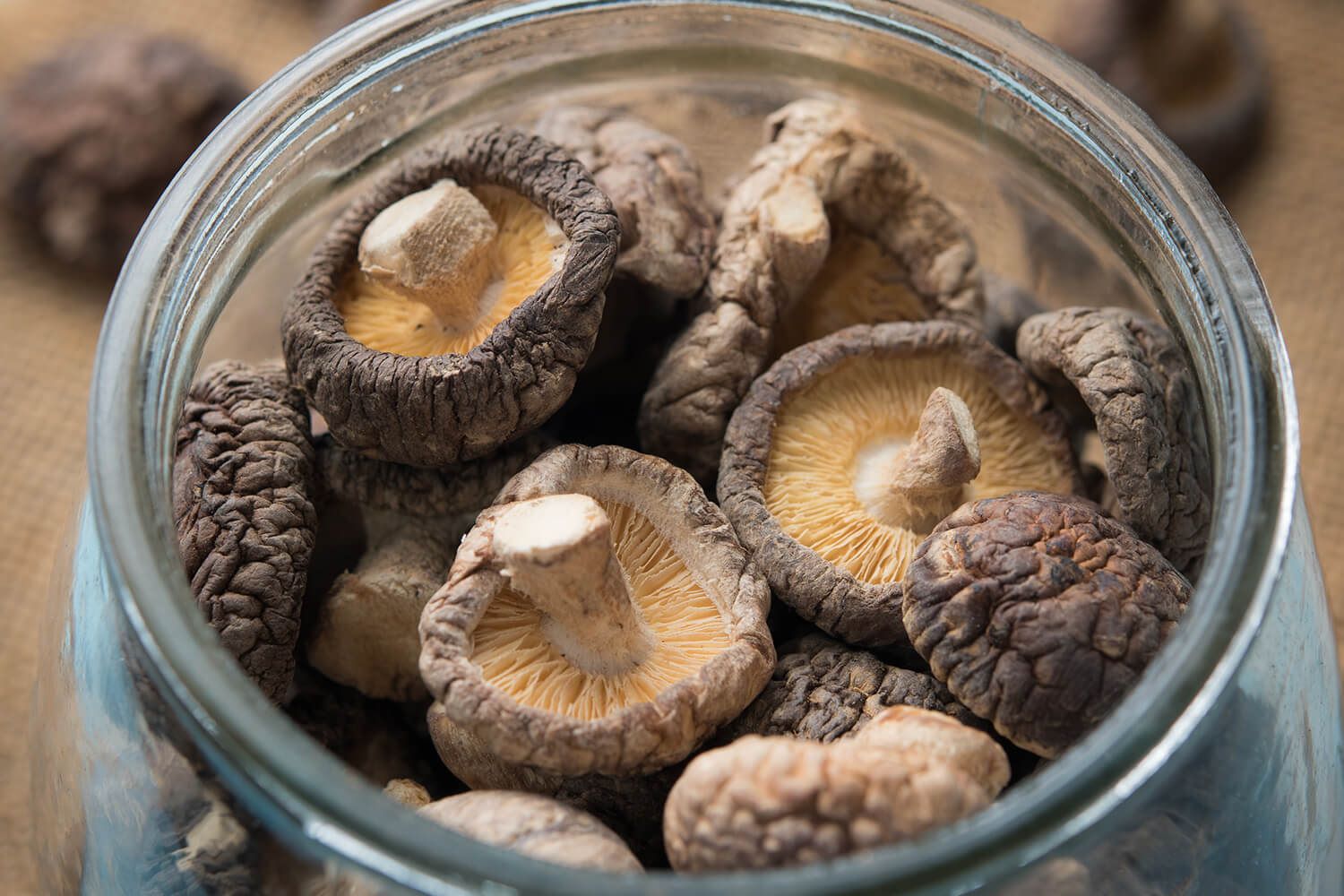

Articles
How To Store Dried Mushrooms
Modified: December 7, 2023
Learn the proper way to store dried mushrooms for maximum freshness and flavor. Discover helpful tips and tricks in this informative articles.
(Many of the links in this article redirect to a specific reviewed product. Your purchase of these products through affiliate links helps to generate commission for Storables.com, at no extra cost. Learn more)
Introduction
Dried mushrooms are a versatile and flavorful ingredient that can add a unique taste to various dishes. Whether you’ve purchased dried mushrooms or have harvested them yourself, it’s important to store them properly to maintain their quality and extend their shelf life. In this article, we will explore the importance of storing dried mushrooms, provide tips for choosing the right storage container, guide you through the process of preparing dried mushrooms for storage, and offer suggestions for maintaining the quality of your dried mushrooms. Additionally, we will discuss how to use stored dried mushrooms in your cooking. So, let’s dive in and discover the best practices for storing dried mushrooms!
Key Takeaways:
- Properly storing dried mushrooms is crucial for preserving their flavor, texture, and nutritional value, ensuring they stay fresh and delicious for extended periods of time.
- Stored dried mushrooms offer endless culinary possibilities, from rehydrating for recipes to creating mushroom powder, infusing oils, and enhancing broths and soups, adding a unique and rich taste to your dishes.
Read more: How To Store Dried Magic Mushrooms
Why store dried mushrooms
Storing dried mushrooms is crucial for preserving their flavor, texture, and nutritional value. Here are several reasons why you should store dried mushrooms properly:
- Extended shelf life: Dried mushrooms have a significantly longer shelf life compared to fresh mushrooms. While fresh mushrooms may only last a few days in the refrigerator, properly stored dried mushrooms can retain their quality for months or even years.
- Convenience and availability: Having a supply of dried mushrooms on hand allows you to easily incorporate their unique flavor into your dishes whenever you need them. This is especially beneficial if you don’t have access to fresh mushrooms or want to enjoy their taste during the off-season.
- Intensified flavor: Drying mushrooms concentrates their flavor, resulting in a more intense and robust taste. Storing dried mushrooms properly ensures that the flavor is preserved, allowing you to enjoy their unique taste in your recipes.
- Versatility: Dried mushrooms can be used in a wide range of culinary preparations. From soups and stews to sauces and stir-fries, they add depth and complexity to various dishes. Properly stored dried mushrooms will be readily available whenever you want to elevate the flavor of your recipes.
- Cost-effectiveness: Purchasing dried mushrooms in bulk is often more economical than buying fresh mushrooms. By storing dried mushrooms properly, you can take advantage of bulk purchases and save money in the long run.
Now that we understand why it’s important to store dried mushrooms properly, let’s delve into the next section to learn about choosing the right storage container.
Choosing the right storage container
When it comes to storing dried mushrooms, selecting the right storage container is essential to maintain their quality and prevent moisture and contaminants from affecting them. Here are some important factors to consider when choosing a storage container for your dried mushrooms:
- Airtightness: The storage container should be airtight to prevent moisture from entering and causing the mushrooms to become moldy or lose their texture. Look for containers with tight-fitting lids or seals to ensure a proper seal.
- Material: Opt for containers made of materials that are non-reactive and do not absorb odors. Glass jars or containers made of food-grade plastic are excellent choices for storing dried mushrooms.
- Size and shape: Consider the quantity of dried mushrooms you plan to store. Choose a container that provides enough space without excess air, as this can degrade the quality of the mushrooms over time. It’s also helpful to select a container with a wide opening for easy access.
- Transparency: Clear or translucent containers allow you to see the contents without opening them, making it easier to monitor the condition of the mushrooms and ensure they are free from any signs of deterioration.
- Labels: Use labels to indicate the type of dried mushrooms and the date they were stored. This will help you keep track of their freshness and ensure you use them within a reasonable time frame.
- Stackability: If you have limited storage space, consider containers that are stackable. This will help you maximize the available space and keep your pantry or cupboard organized.
By keeping these factors in mind, you can choose a suitable storage container that will protect your dried mushrooms and keep them in optimal condition. The next section will guide you through the process of preparing dried mushrooms for storage.
Preparing dried mushrooms for storage
Before storing dried mushrooms, it’s important to properly prepare them to ensure they remain fresh and flavorful. Here’s a step-by-step guide on how to prepare dried mushrooms for storage:
- Inspect and sort: Examine the dried mushrooms for any signs of mold, insects, or discoloration. Remove any mushrooms that appear to be spoiled or damaged. Sort the mushrooms based on their size and type to make it easier to use them in your recipes later.
- Cleanse: Dried mushrooms can sometimes be dusty or have debris stuck to them. If needed, gently rinse the mushrooms under cool running water to remove any dirt or debris. Pat them dry using a clean kitchen towel or paper towels.
- Rehydrate (optional): If you prefer to rehydrate your dried mushrooms before storage, place them in a bowl and cover them with warm water. Allow the mushrooms to soak for about 20-30 minutes until they become plump and tender. Drain the mushrooms and pat them dry before proceeding.
- Trim (optional): If the dried mushrooms have any tough or woody stems, you can trim them off using clean kitchen scissors or a knife. This step is not necessary for all mushroom varieties.
- Leave whole or slice: Decide whether you want to store the dried mushrooms whole or slice them into smaller pieces. This choice depends on the usage and your personal preference.
- Packaging: Transfer the prepared dried mushrooms into the selected storage container. Fill the container without leaving much empty space to minimize air exposure.
- Seal: Seal the storage container tightly to ensure an airtight environment. This will prevent moisture and contaminants from entering and affecting the quality of the dried mushrooms.
- Label: Attach a label to the storage container, indicating the type of dried mushrooms and the date of storage. This will help you keep track of their freshness and use them in a timely manner.
Following these steps will ensure that your dried mushrooms are properly prepared for storage, allowing you to enjoy their flavor and versatility for an extended period of time. Next, let’s explore the best practices for storing dried mushrooms.
Store dried mushrooms in an airtight container in a cool, dark place, such as a pantry or cupboard. Make sure the container is completely sealed to prevent moisture from getting in and rehydrating the mushrooms.
Storing dried mushrooms
Proper storage is crucial for maintaining the quality and flavor of dried mushrooms. Follow these guidelines to ensure your dried mushrooms stay fresh and delicious:
- Store in a cool, dark place: Dried mushrooms are best stored in a cool and dark environment, away from direct sunlight and heat. Excessive exposure to light and heat can cause the mushrooms to lose their flavor and become less potent.
- Avoid moisture: Moisture is the enemy of dried mushrooms and can lead to mold growth and deterioration. Make sure the storage area is dry and free from humidity. Never store dried mushrooms in the refrigerator or freezer, as condensation can occur when the container is opened and closed repeatedly.
- Keep away from strong odors: Dried mushrooms have a porous texture and can absorb strong odors from other foods. Store them away from pungent spices, onions, and other strongly scented ingredients to prevent flavor contamination.
- Use proper containers: As mentioned earlier, choose airtight containers made of non-reactive materials, such as glass jars or food-grade plastic containers. Ensure the lids or seals are tightly secured to keep the mushrooms protected from air and moisture.
- Avoid crushing or crushing: Handle dried mushrooms gently to prevent them from breaking or becoming crushed. This will help maintain their texture and prevent the release of flavor and aroma.
- Rotate and use within a reasonable time frame: Dried mushrooms have a long shelf life but are best used within a year for optimal flavor. To ensure freshness, periodically check and rotate your dried mushroom supply, using older ones first and replacing them if necessary.
By following these storage practices, you can ensure that your dried mushrooms retain their flavor and quality, ready to enhance your recipes whenever you need them. Next, let’s explore some tips for maintaining the quality of dried mushrooms over time.
Read more: How To Store Dried Shiitake Mushrooms
Tips for maintaining the quality of dried mushrooms
To ensure that your dried mushrooms stay fresh and maintain their quality over time, follow these tips:
- Avoid frequent opening: Each time you open the storage container, air and moisture can enter, potentially degrading the mushrooms. Try to only open the container when necessary and reseal it promptly.
- Store in smaller quantities: If you have a large supply of dried mushrooms, consider dividing them into smaller portions and storing them in individual airtight containers. This way, you only expose the mushrooms in use to air and moisture, while the remaining quantity remains well-preserved.
- Inspect for signs of spoilage: Regularly check your dried mushrooms for any signs of mold, discoloration, or off-putting odors. If you notice any spoilage, discard the affected mushrooms and check the rest for potential contamination.
- Avoid exposure to heat: Heat can cause dried mushrooms to become brittle and lose their flavor. Keep them away from stoves, ovens, or other heat sources to preserve their quality.
- Consider vacuum-sealed packaging: If you have a vacuum sealer, you can use it to remove all the air from the storage bags or containers, ensuring the mushrooms stay fresh for a longer period of time.
- Keep a record: Maintain a log of the types of dried mushrooms you have stored, along with their purchase or harvesting dates. This can help you keep track of their age and use them in a timely manner.
- Regularly rotate your supply: To prevent dried mushrooms from sitting in storage for too long, incorporate them into your recipes regularly. Use the “first in, first out” principle, ensuring you use the oldest mushrooms first to maintain freshness.
- Store in a designated area: Reserve a specific space in your pantry or cupboard for storing dried mushrooms. This will help maintain organization and prevent them from being forgotten or misplaced.
By following these tips, you can ensure that your dried mushrooms remain in excellent condition, allowing you to enjoy their distinct flavor and aroma in your culinary creations for an extended period of time. Next, let’s explore how to use stored dried mushrooms in your cooking.
Using stored dried mushrooms
Stored dried mushrooms can be a convenient and flavorful addition to a wide range of recipes. Here are some ways you can make the most of your stored dried mushrooms:
- Rehydrate for recipes: Dried mushrooms can be rehydrated by soaking them in warm water for about 20-30 minutes until they become plump and tender. The rehydrated mushrooms can then be used in soups, stews, stir-fries, pasta dishes, or risottos.
- Make mushroom stock: Dried mushrooms are a great base for making mushroom stock, which can add depth of flavor to your soups, sauces, and gravies. Simmer the dried mushrooms in water or vegetable broth to extract their essence and strain the liquid to use as a flavorful stock.
- Create mushroom powder: Grind dried mushrooms in a spice grinder or blender to create a fine powder. Mushroom powder can be used to enhance the umami flavor in various dishes, such as seasoning meat, sprinkling over roasted vegetables, or adding to sauces and dressings.
- Add to rice or grain dishes: Add dried mushrooms to rice or grain dishes like pilaf or risotto for a burst of flavor. Simply rehydrate the mushrooms, chop them, and mix them into the cooked grains for a delicious and aromatic dish.
- Infuse oil or butter: Create infused oils or butters by adding dried mushrooms to heated oil or melted butter. This imparts their flavor into the fat, which can then be used in sautés, dressings, or as a finishing touch to enhance the taste of your dishes.
- Blend into sauces and dips: Incorporate dried mushrooms into sauces and dips to add a savory and earthy flavor. Whether it’s a mushroom-based pasta sauce, a mushroom-infused dip for chips or vegetables, or a creamy mushroom gravy, the possibilities for incorporating dried mushrooms are endless.
- Create mushroom rubs or marinades: Grind dried mushrooms along with other herbs and spices to make a flavorful rub for meats or a marinade for tofu or vegetables. This adds a unique and rich taste to your grilled or roasted dishes.
- Enhance broth and soups: Add whole or rehydrated dried mushrooms to broths and soups for an intensified mushroom flavor. They can be simmered along with other ingredients or added as a garnish to enhance the visual appeal of the dish.
These are just a few ideas to inspire you to use your stored dried mushrooms. Get creative and experiment with different recipes to fully experience and enjoy their unique taste and aroma. Now, let’s conclude our article.
Conclusion
Properly storing dried mushrooms is essential for preserving their flavor, texture, and nutritional value. By choosing the right storage container, preparing the mushrooms correctly, and following best practices for storage, you can ensure that your dried mushrooms stay fresh and delicious for extended periods of time.
Storing dried mushrooms in airtight containers, away from moisture, heat, and strong odors, helps maintain their quality. Regularly inspecting and rotating your supply, as well as using them within a reasonable time frame, ensures they are always in their prime state.
When it comes to using stored dried mushrooms, the options are endless. Rehydrate them for recipes, make mushroom stock or powder, incorporate them into rice or grain dishes, infuse oils or butters, blend them into sauces and dips, create rubs or marinades, or use them to enhance broths and soups. Their unique flavor will elevate your dishes and introduce a delightful earthy taste to your culinary creations.
So, whether you’re a cooking enthusiast or simply want to extend the shelf life of your dried mushrooms, following these guidelines will help you maximize their flavor and enjoy their versatility for months or even years to come.
Now that you have a comprehensive understanding of how to store and use dried mushrooms, it’s time to put this knowledge into practice. Enjoy the convenience and deliciousness of having a ready supply of dried mushrooms at your fingertips, ready to transform your recipes into culinary masterpieces!
Frequently Asked Questions about How To Store Dried Mushrooms
Was this page helpful?
At Storables.com, we guarantee accurate and reliable information. Our content, validated by Expert Board Contributors, is crafted following stringent Editorial Policies. We're committed to providing you with well-researched, expert-backed insights for all your informational needs.
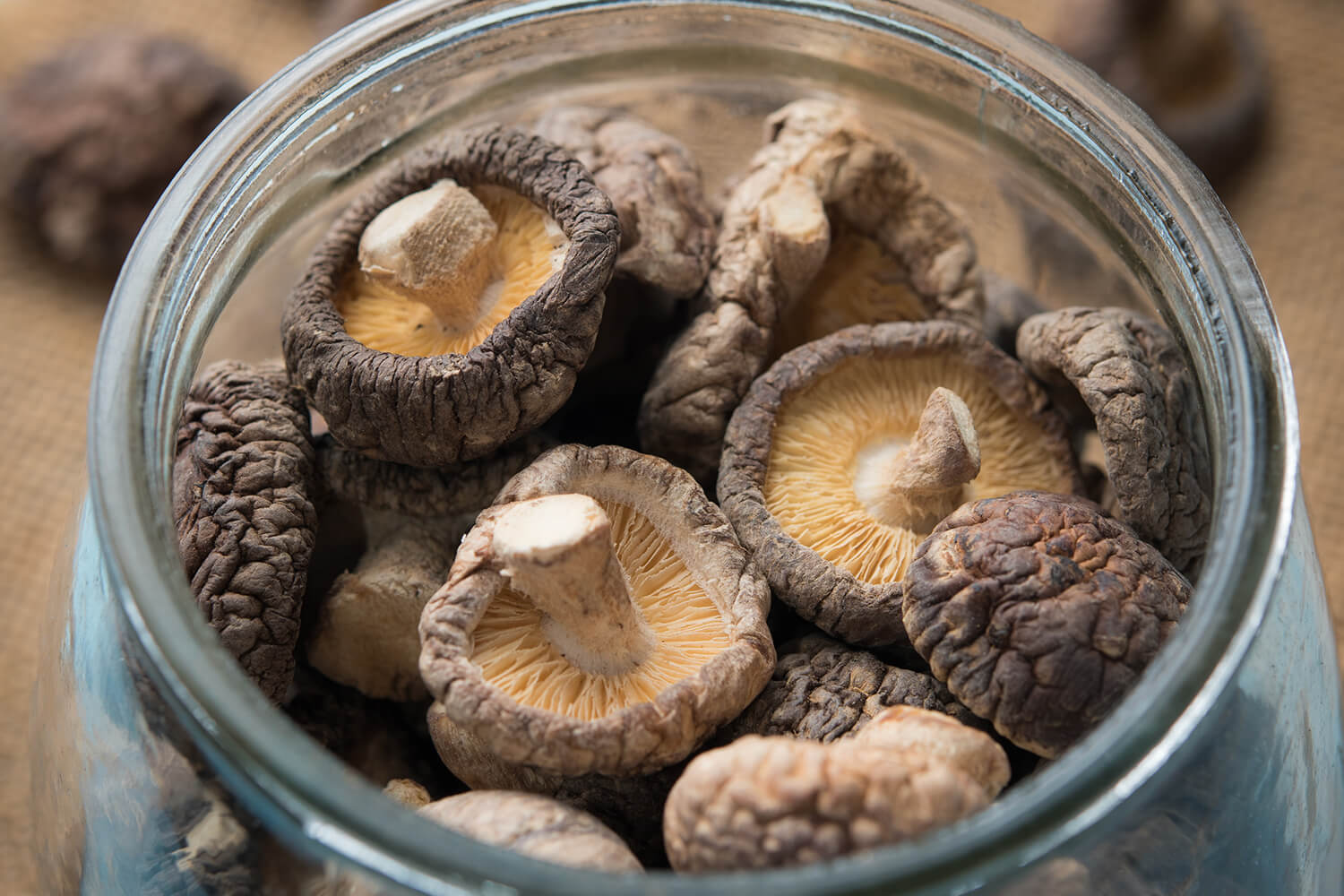
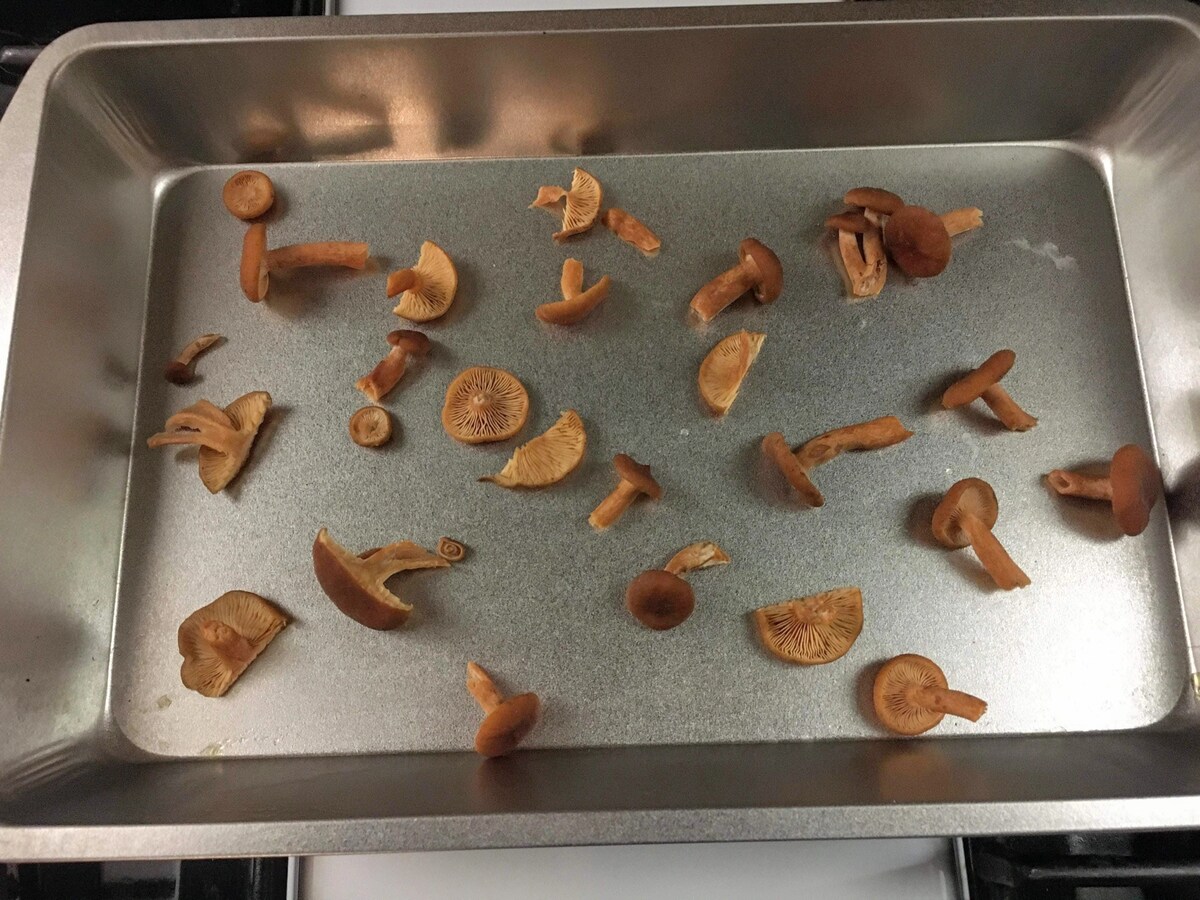
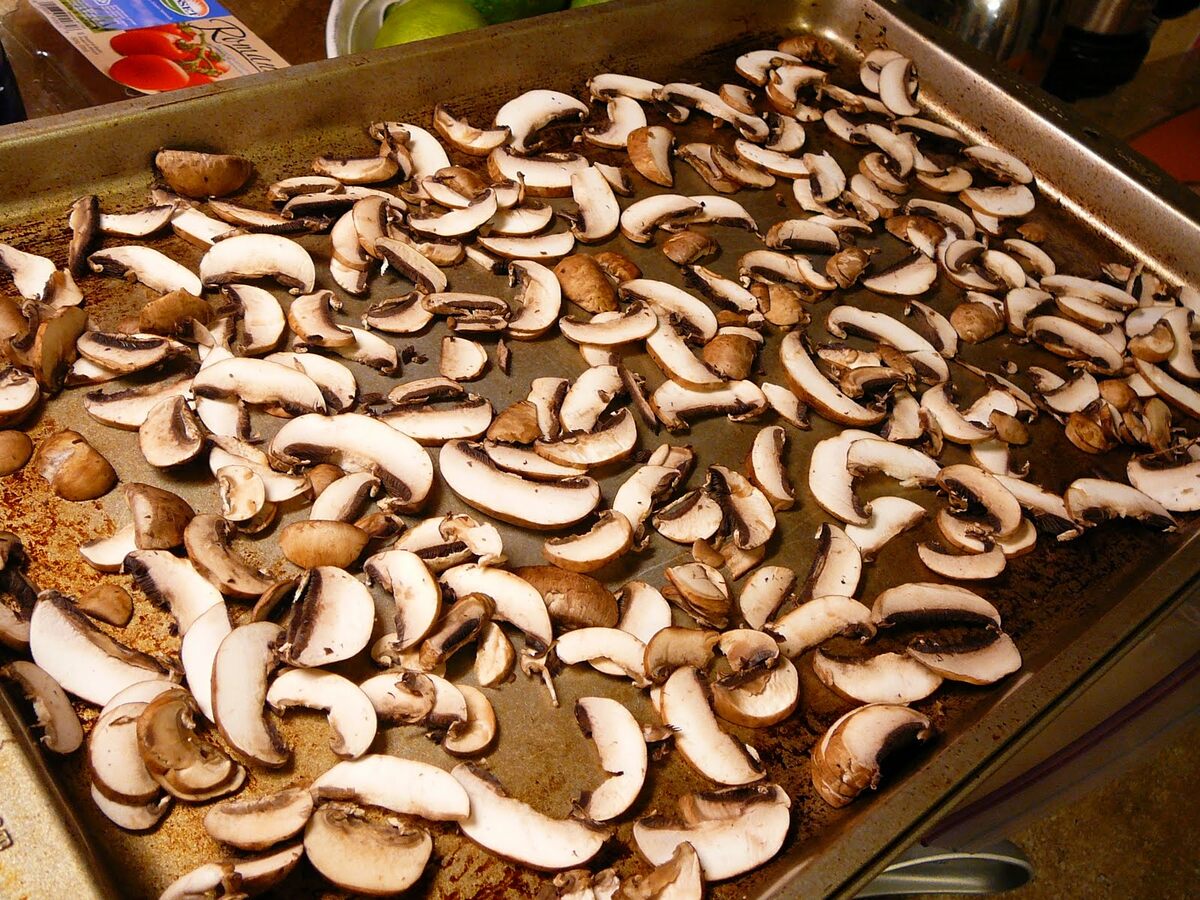
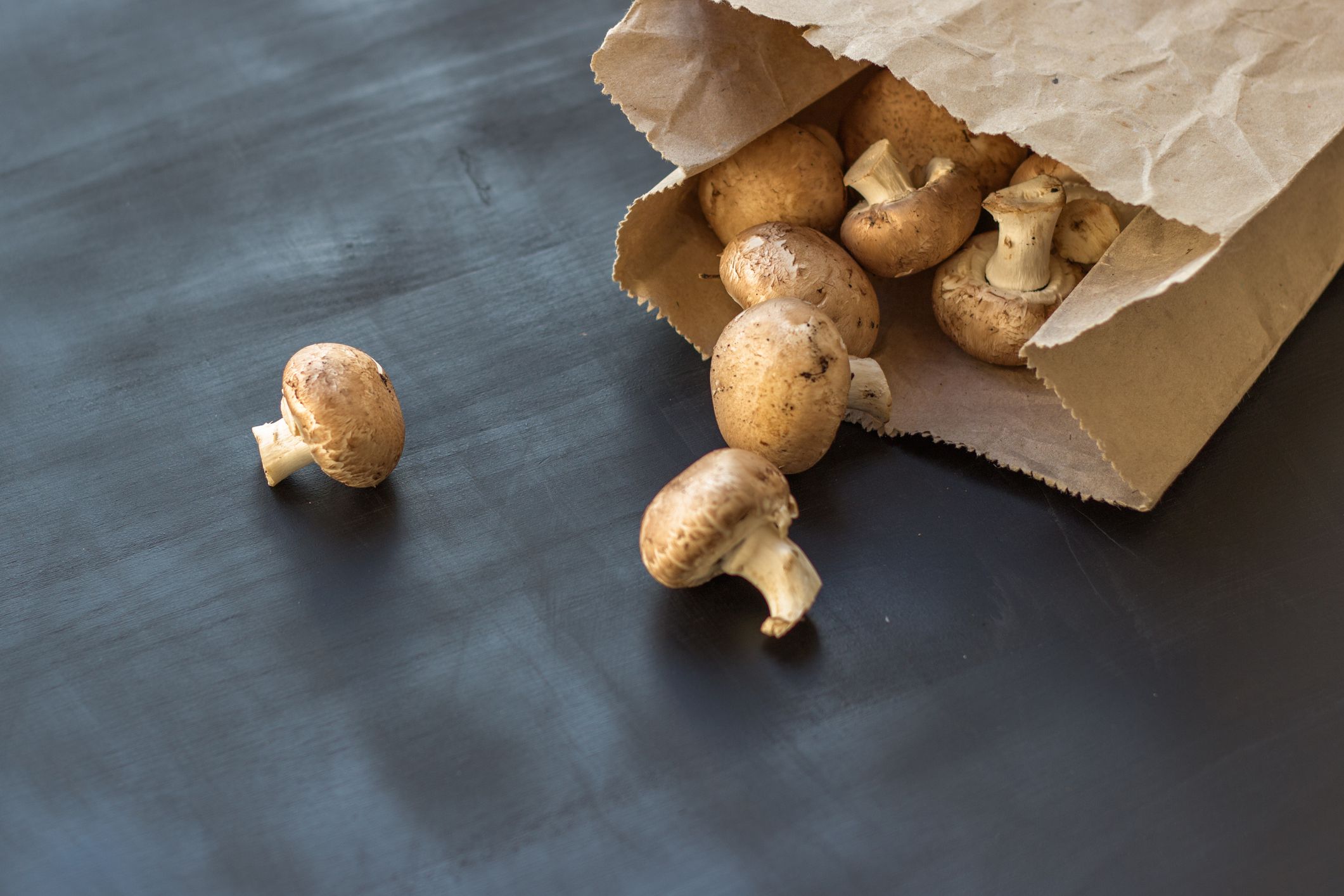
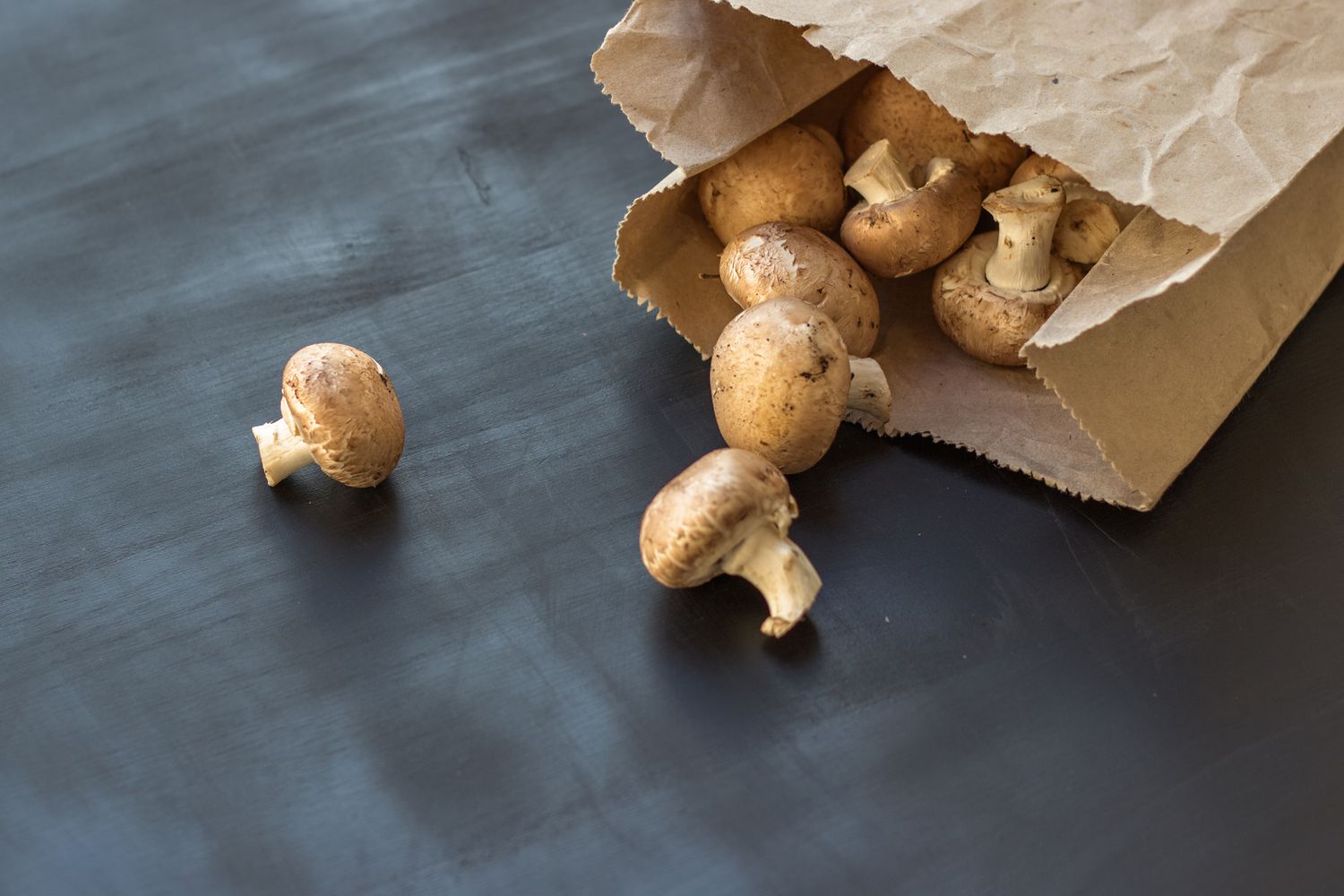
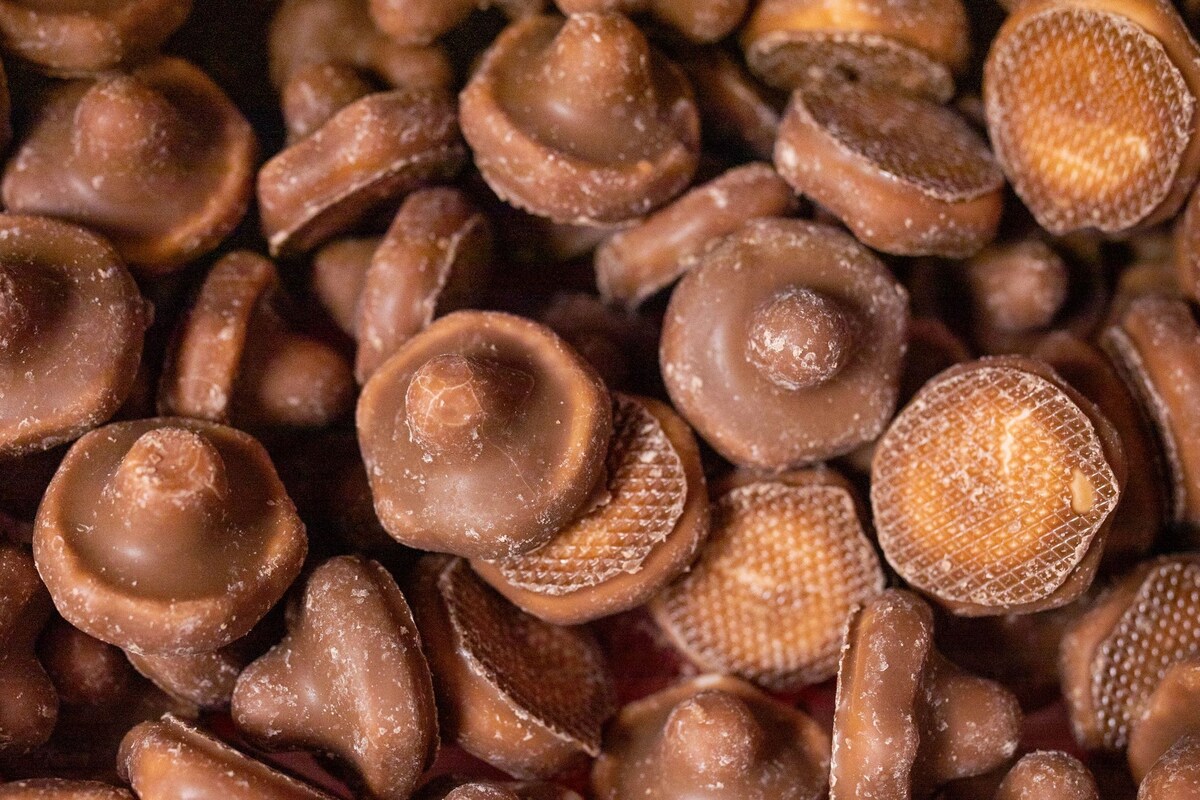
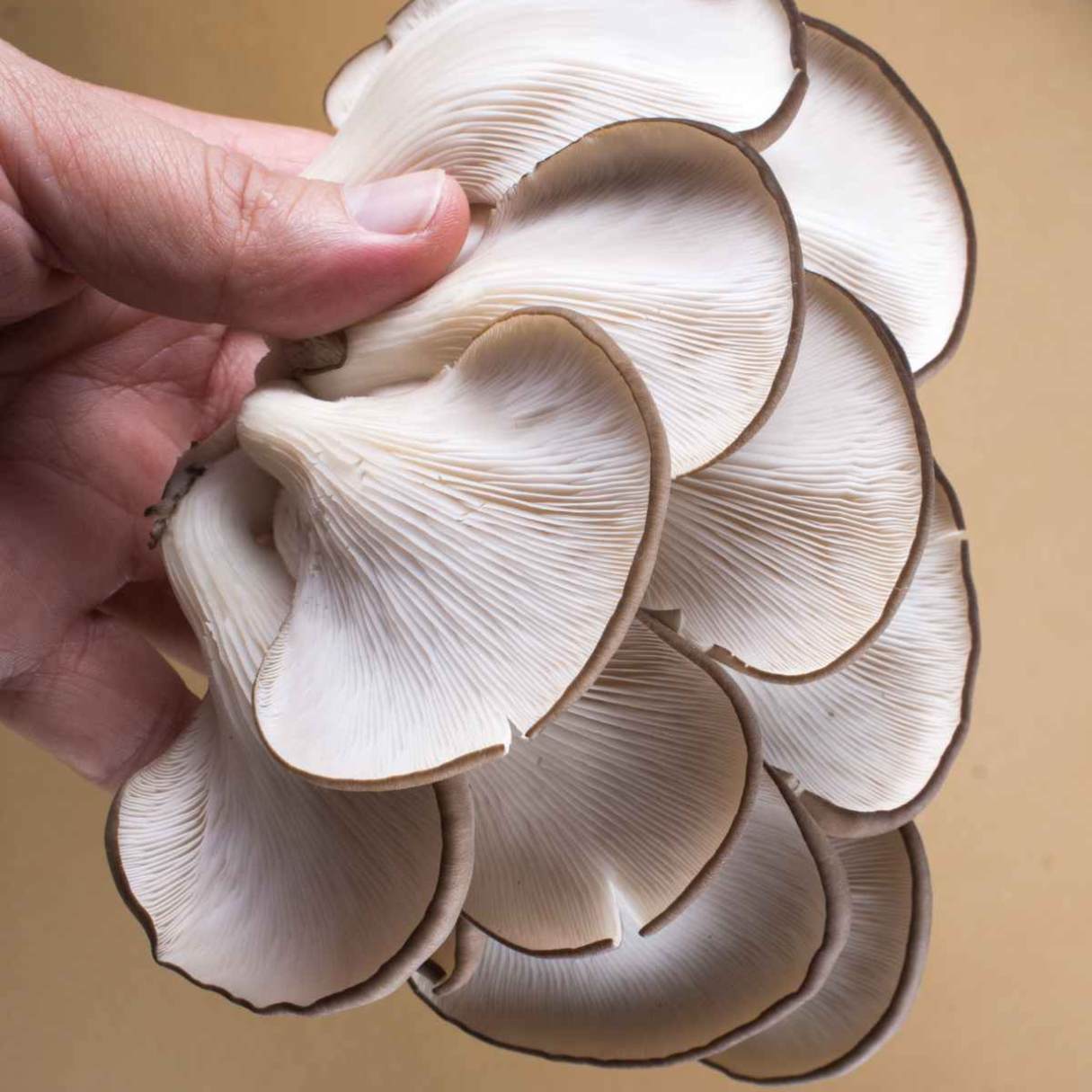
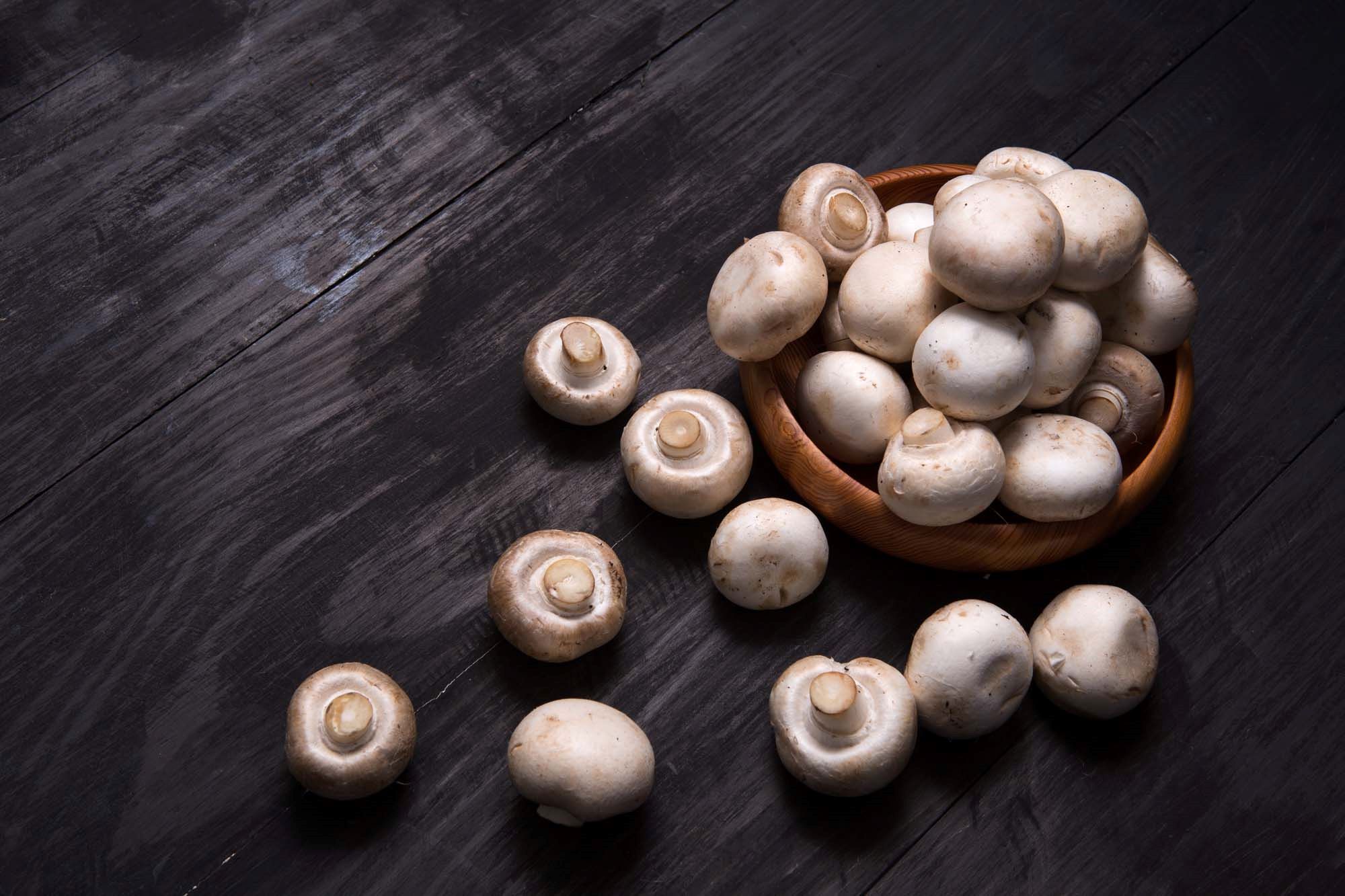
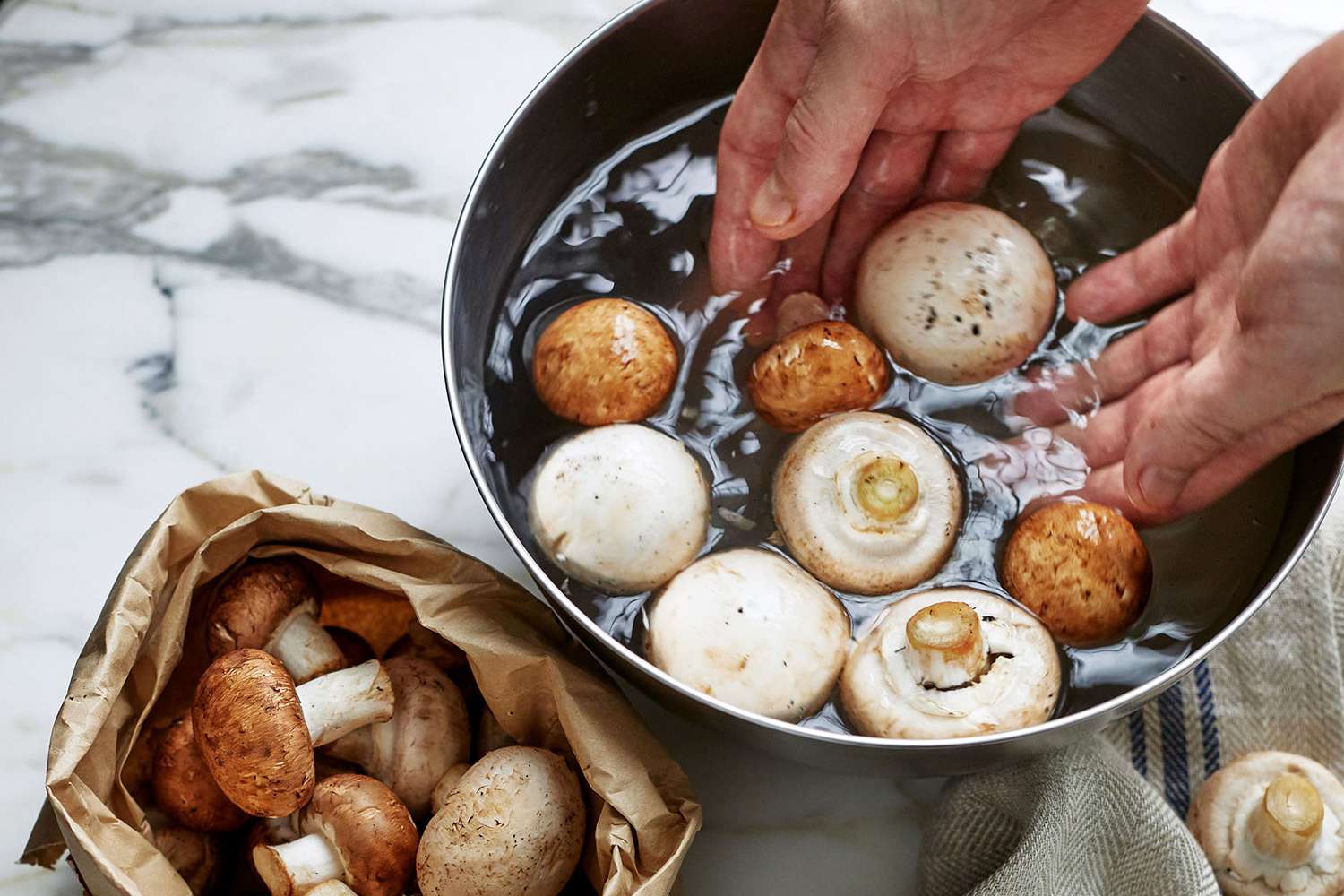
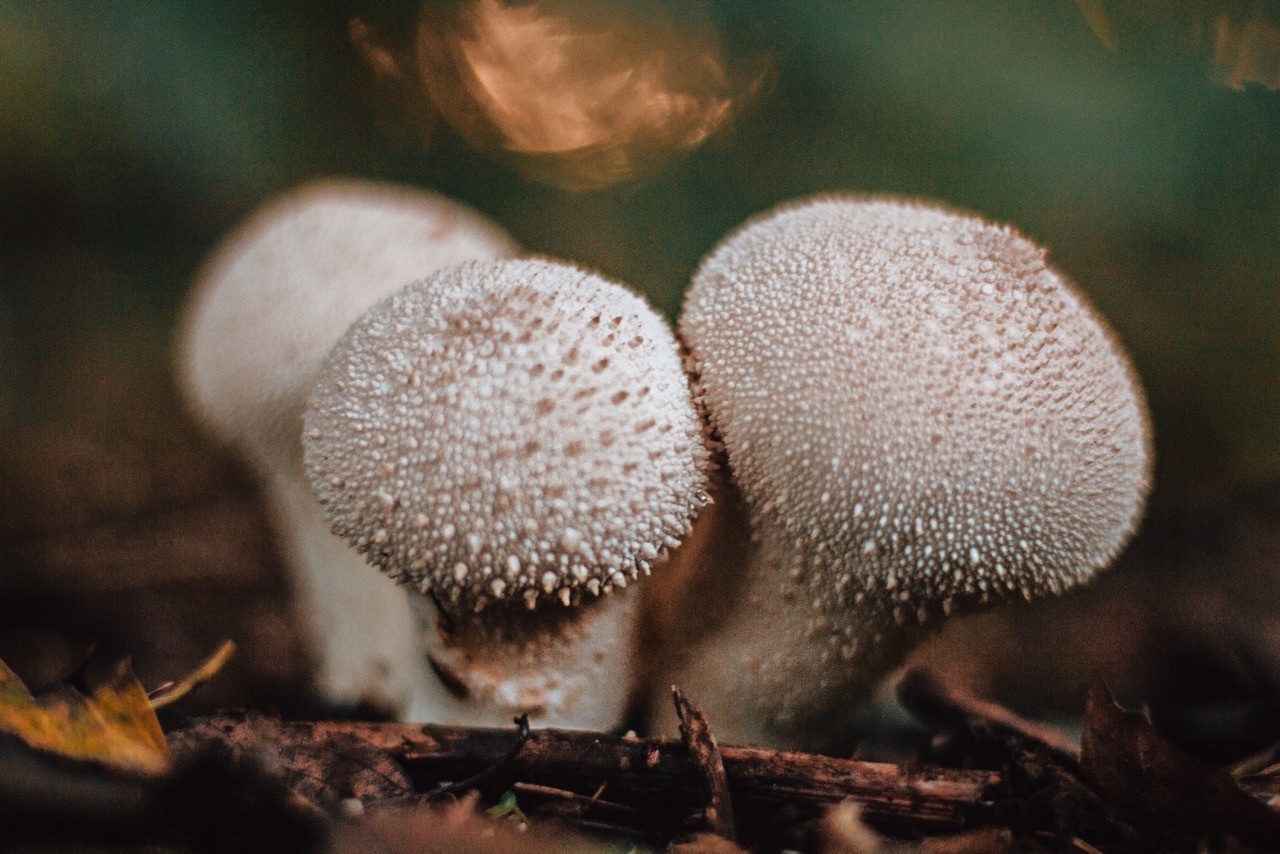
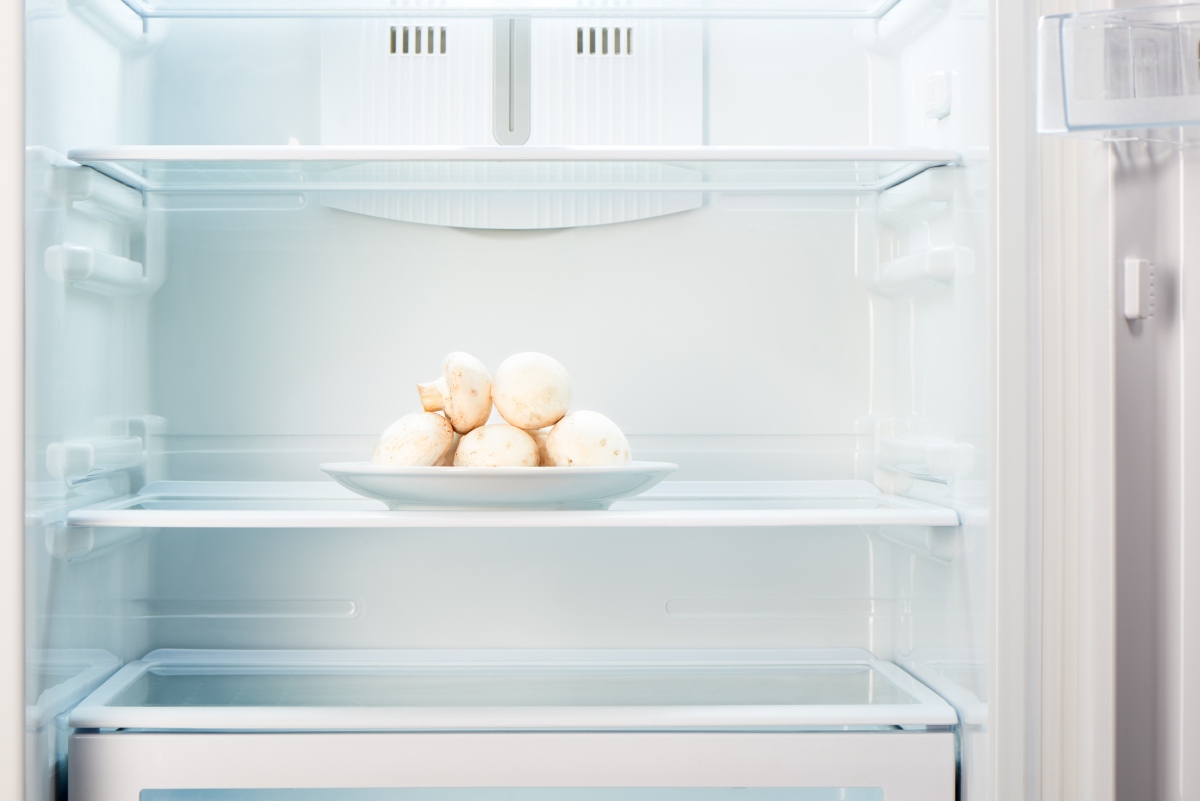
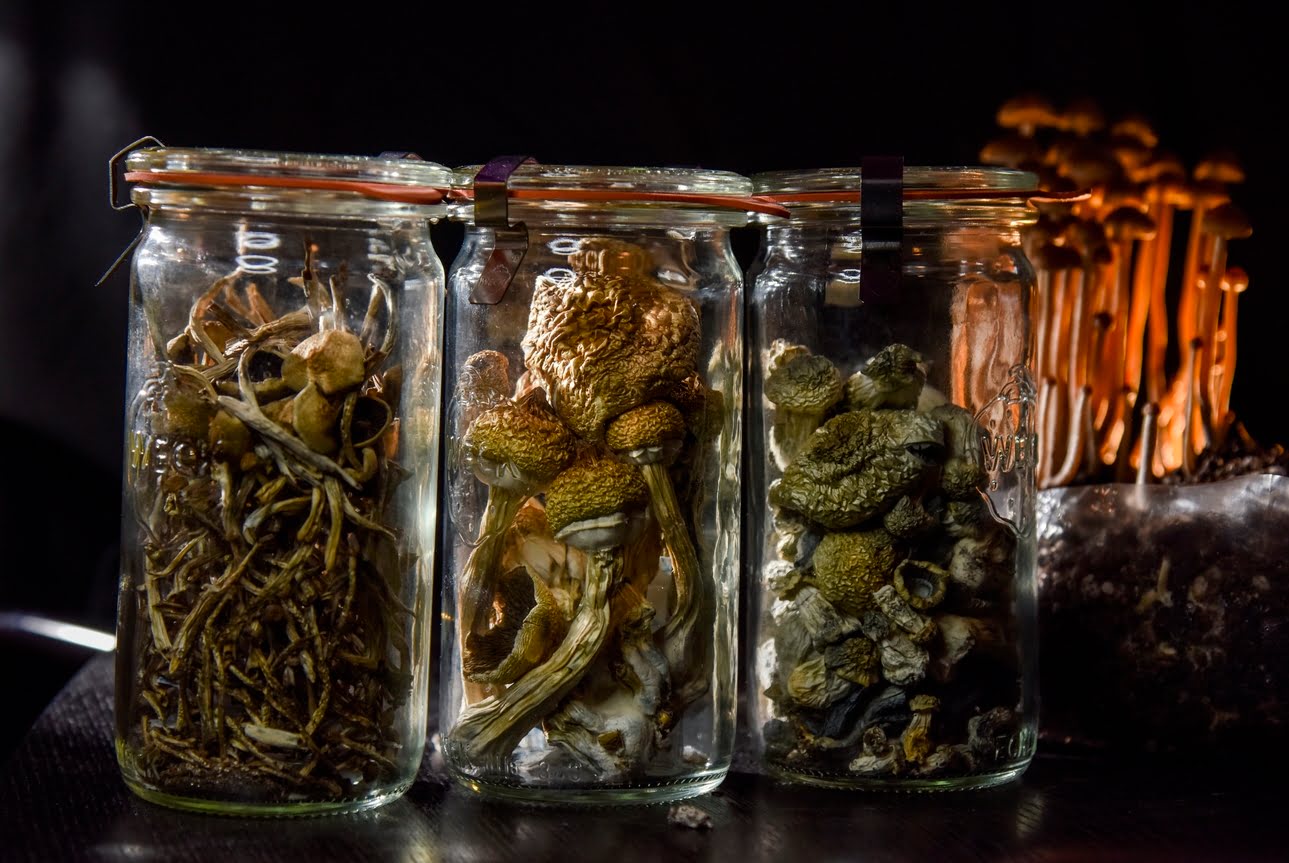
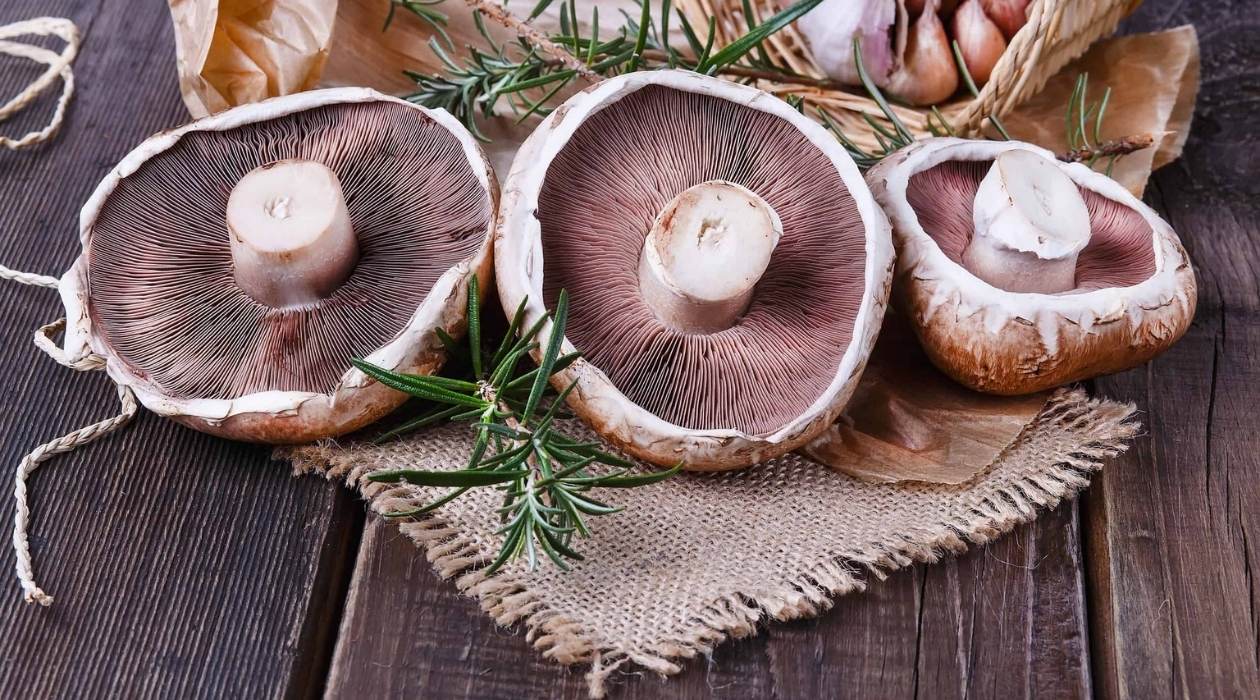
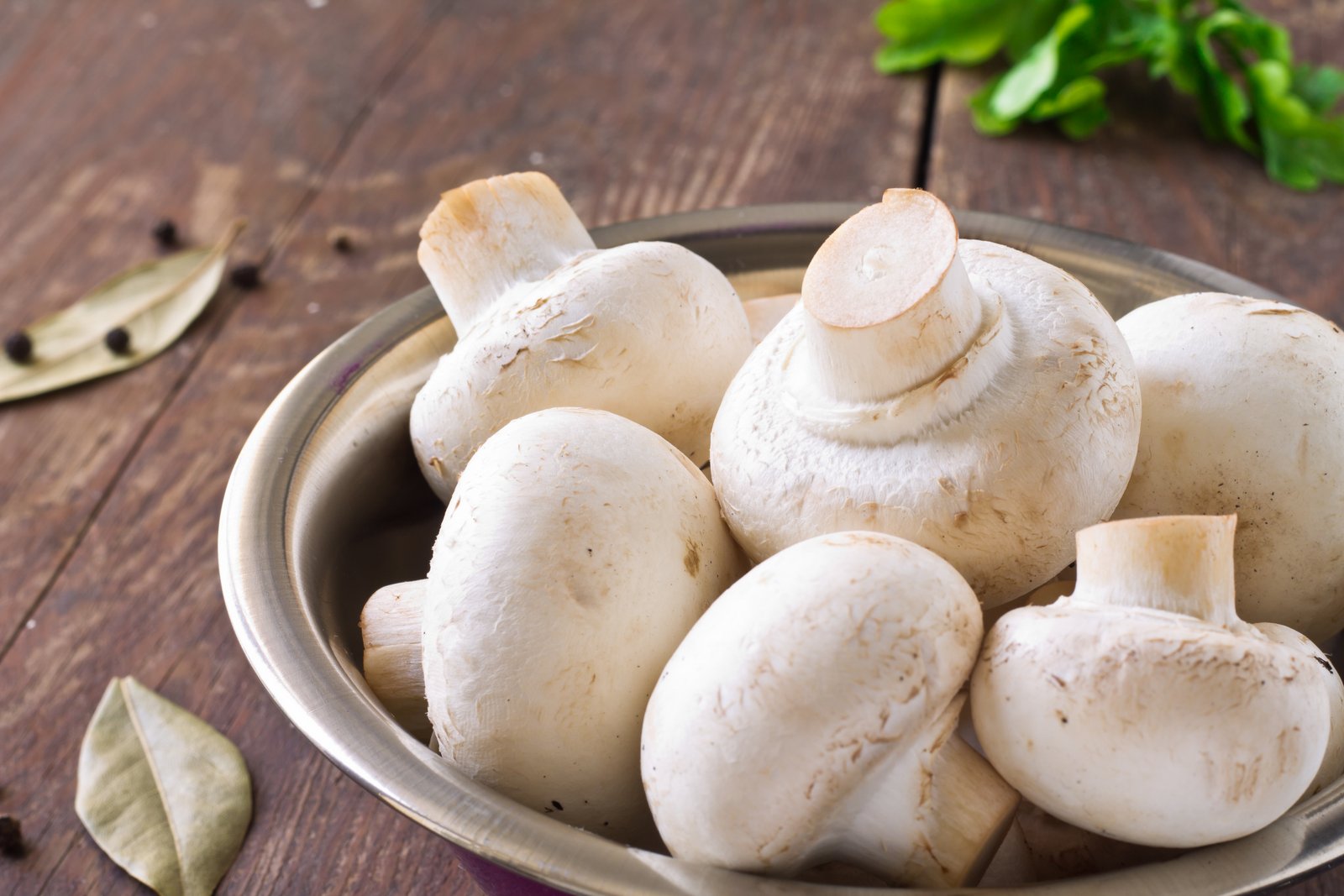

0 thoughts on “How To Store Dried Mushrooms”